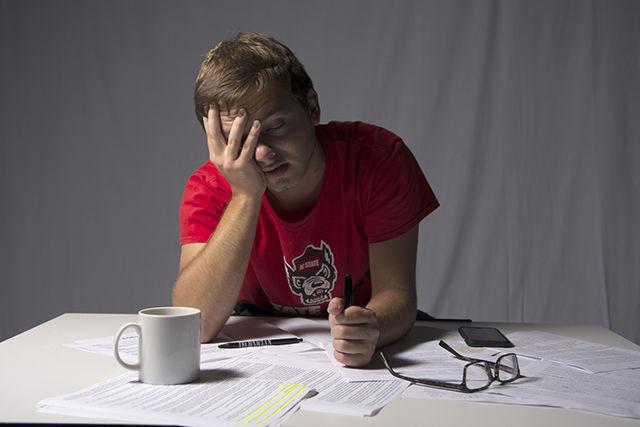This country, its government and leading figures have a bad habit of sweeping mental health issues under the rug with hardly a second glance, only to rip them back out again when the country suffers an instance of mass violence typically committed by a white male “lone wolf.” As a result, citizens are essentially taught to associate mental health and mental illness with violence, extremism, lack of education and lack of money and/or a stable income.
Although acceptance toward anti-depressant medication, appointments with psychologists and being open with one’s feelings is on a steady rise, more often than not, people experiencing symptoms of depression, anxiety, ADHD or other similar disabilities and disorders typically resort to bottling up their feelings rather than finding ways to help themselves.
Two-thirds of college students who are struggling with some form of mental-health ailments do not seek out the help they need to take care of their emotional well-being, often leading to serious consequences. In the United States, one in every 12 college students has made an actionable suicide plan, according to USA Today.
According to the American Psychological Association, which surveyed college counseling directors from all around the country, the number of college students with significant psychological health problems has increased and is steadily becoming a more urgent problem on campuses. Furthermore, 19 percent of the surveyed directors stated that their college campus counseling centers offered an inadequate amount of psychiatric services.
While it is important to ensure that students with mental health issues get the thorough, patient and compassionate care they need to cope with their struggles, students and professors alike should remember that one does not have to have a diagnosed mental health problem in order to seek out help from a counseling center, a psychologist or even a psychiatrist.
Rhetoric around raising awareness for mental health disorders and disabilities is increasing; however, there has also been a simultaneous increase in demand for official diagnoses from doctors to have feelings and experiences validated.
Chances are. many college students have experienced feelings of homesickness, extreme sadness, stress or helplessness at one point or another. However, this does not mean those students suffer from clinical depression or clinical anxiety disorder and needs to be diagnosed. It also does not mean that students can just smile, ignore their feelings and move on.
Regardless of whether or not one has a diagnosed mental health disorder or disability or is just feeling overwhelmed and stressed, everyone needs a break now and then. It’s not only up to the counselors to encourage the use of campus mental health services, but that responsibility also falls to all students, student organizations and professors. It’s not shameful to seek out help to cope with whatever might be going on in one’s life.
Transitioning from high school into college can be hard. Even coming back after a summer at home, abroad or at an internship and getting back into the swing of things at school can be difficult. There are resources one can use, coping skills one can learn and support one can lean on to ease the process of coming back to school. Let’s start to actually use these tools.















